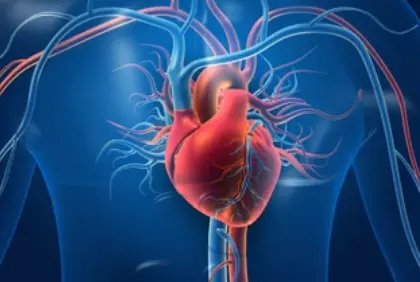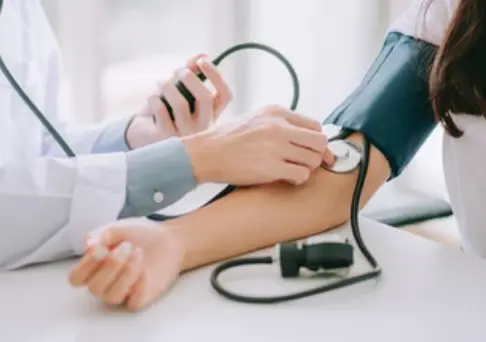 Welcome
Welcome
“May all be happy, may all be healed, may all be at peace and may no one ever suffer."
Plague - Generics
Plague is an infectious disease caused by the bacterium Yersinia pestis. It is primarily a disease of rodents, but humans can become infected through contact with infected animals or fleas. Plague is a rare disease in most parts of the world, but it still occurs in some regions.
Symptoms of Plague:
The symptoms of plague can vary depending on the type of infection. There are three main types of plague:
- Bubonic Plague: This is the most common form of plague and is characterized by swollen lymph nodes (called buboes), fever, chills, headache, muscle aches, and fatigue.
- Septicemic Plague: This form of plague occurs when the bacteria spread to the bloodstream. Symptoms include fever, chills, rapid heartbeat, abdominal pain, vomiting, and diarrhea.
- Pneumonic Plague: This is the most severe form of plague and is characterized by fever, cough, chest pain, and difficulty breathing. Pneumonic plague can be transmitted from person to person through the air, making it highly contagious and potentially deadly.
Causes of Plague:
Plague is caused by the bacterium Yersinia pestis, which is primarily transmitted through the bite of infected fleas. The fleas typically feed on rodents, but they can also bite humans and other animals. In rare cases, plague can be transmitted from person to person through contact with infected bodily fluids or through the air (in the case of pneumonic plague).
Treatment for Plague:
Plague is a serious and potentially deadly disease that requires prompt treatment with antibiotics. The specific antibiotic used depends on the type of plague and the severity of the infection. Other treatments may include oxygen therapy, intravenous fluids, and supportive care.
Prevention of Plague:
Prevention of plague involves avoiding contact with infected animals and fleas. If you live in or are traveling to an area where plague is known to occur, take precautions such as wearing long sleeves and pants, using insect repellent, and avoiding contact with rodents and their burrows. It is also important to keep pets away from rodents and to treat them with flea medication regularly.
In conclusion, plague is a rare but serious infectious disease caused by the bacterium Yersinia pestis. It can be transmitted through the bite of infected fleas or through contact with infected animals or people. Symptoms can vary depending on the type of plague, but prompt treatment with antibiotics is essential. Prevention involves avoiding contact with infected animals and taking precautions when in areas where plague is known to occur.

Metastatic melanoma

Hepatic cirrhosis with as...

Bacterial skin infections

Heart disease

Dracunculiasis

Alopecia areata

Renal tubular acidosis

Hypotension
Plague, প্লেগ
To be happy, beautiful, healthy, wealthy, hale and long-lived stay with DM3S.